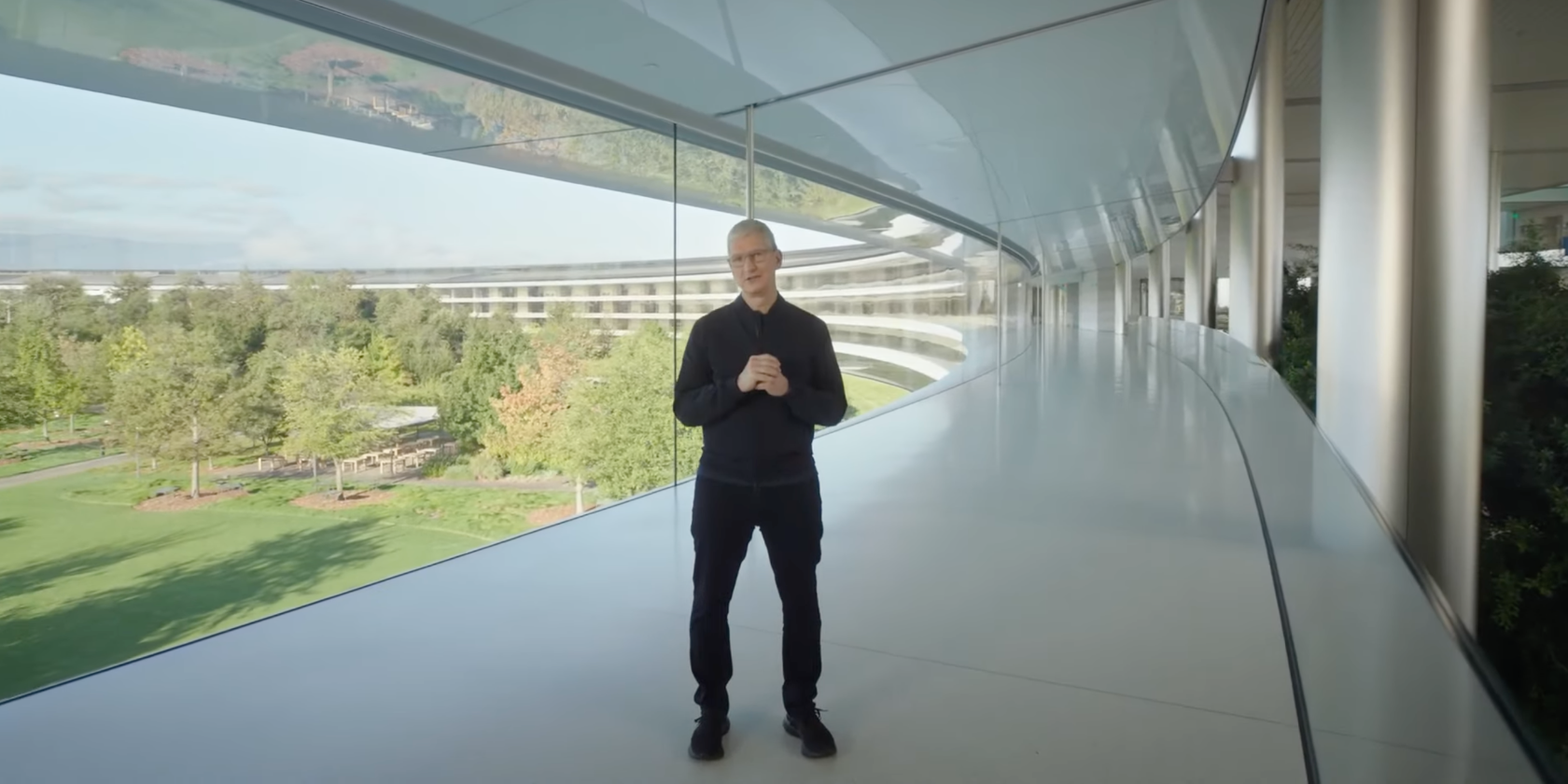Apple may launch a folding iPhone with an advanced display solution sometime in 2023.
A Foldable iPhone With a Sharp QHD+ Screen
That's according to a new research note to investors from TF Securities analyst Ming-Chi Kuo, who is the most reliable Apple analyst with well-connected sources deep in the Asian supply chain. Apple's work on a foldable iPhone is apparently progressing well, with the rumored device slated to launch sometime in 2023.
Here's a relevant excerpt from the note:
At present, the product position of foldable smartphones is mainly to integrate the smartphone and tablet. But we believe that the foldable smartphone is only one of the applications of the foldable design. We predict that foldable devices will blur the product segmentations between smartphones, tablets, and laptops in the future.
The note, seen by MacRumors, says a foldable iPhone wold come equipped with an eight-inch display based on flexible OLED display panels. Unfolded, the device reportedly sports a QHD+ resolution, which works out to 1800x3200 pixels and a 16:9 aspect ratio.
For comparison's sake, Samsung's Galaxy Fold has a 7.3-inch display featuring a QXGA resolution of 1536x2152 pixels with a 4.2:3 aspect ratio. If true, Apple's device should have a much sharper display with a perfect 16:9 aspect ratio. Another point of comparison: the displays found on all models in the iPhone 12 family feature a 19.5:9 aspect ratio.
A Folding iPhone With Silver Nanowire Tech
Foldable devices live and die by the reliability and durability of their flexible display panels---Kuo says Apple will adopt silver nanowire touch technology by TPK for the device’s display.
In terms of reliability and durability, the technology has "several advantages" over Samsung Displays Y-Octa touch solution in the Galaxy Fold. Kuo says Apple's already experimented with silver nanowire touch panels for the HomePod's touch surface.
Even though the analyst wouldn't say whether a foldable iPhone might fold horizontally or vertically, it's worth pointing out that the silver nanowire touch solution enables the creation of devices that support more than a single fold. In fact, Kuo believes that Apple's adoption of this technology will result in a "long-term competitive advantage" over time.
To make it happen, the company will turn to its frenemy Samsung, the note goes on, with Samsung Display anticipated to become an exclusive display supplier and Samsung Foundry supplying display driver integrated circuits for a foldable iPhone.
In January 2021 it was reported that a folding iPhone had reached prototype phase, with multiple foldable screen sizes developed for internal testing. Kuo himself warned in March 2021 that a commercial launch in 2023 was dependent on Apple's ability to solve "key technology and mass production issues" by the end of 2021.
Folding Phones as "Must-Have" Devices
Kuo says folding phones will become "must-have" devices as the technology improves, with a folding iPhone starting the next "super replacement cycle" for premium models. Apple in the past experienced similar sales effects with the introduction of the iPhone 6 in 2014 and the iPhone X in 2017 due to pent-up demand for large-screened, OLED iPhones.
Here's another relevant excerpt from the note:
Our latest survey indicates that the fast-growing foldable smartphone market has become a must-have for all major smartphone brands. The foldable smartphone will boost the next super replacement cycle for high-end models.
Based on Apple's requested capacity plan, Kuo predicts 15-20 million folding iPhone shipments in 2023. Thanks to its cross-product ecosystems and hardware design advantages, Apple could become "the biggest winner" in the new foldable device trend.

